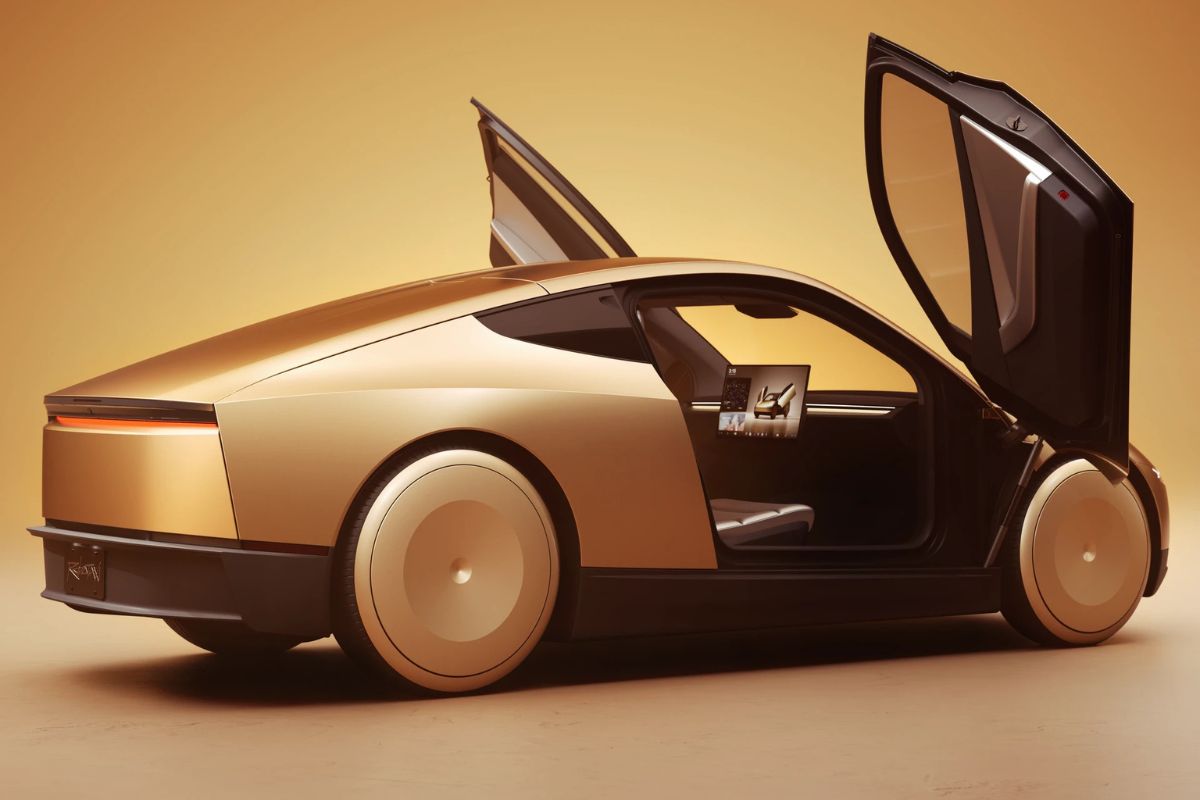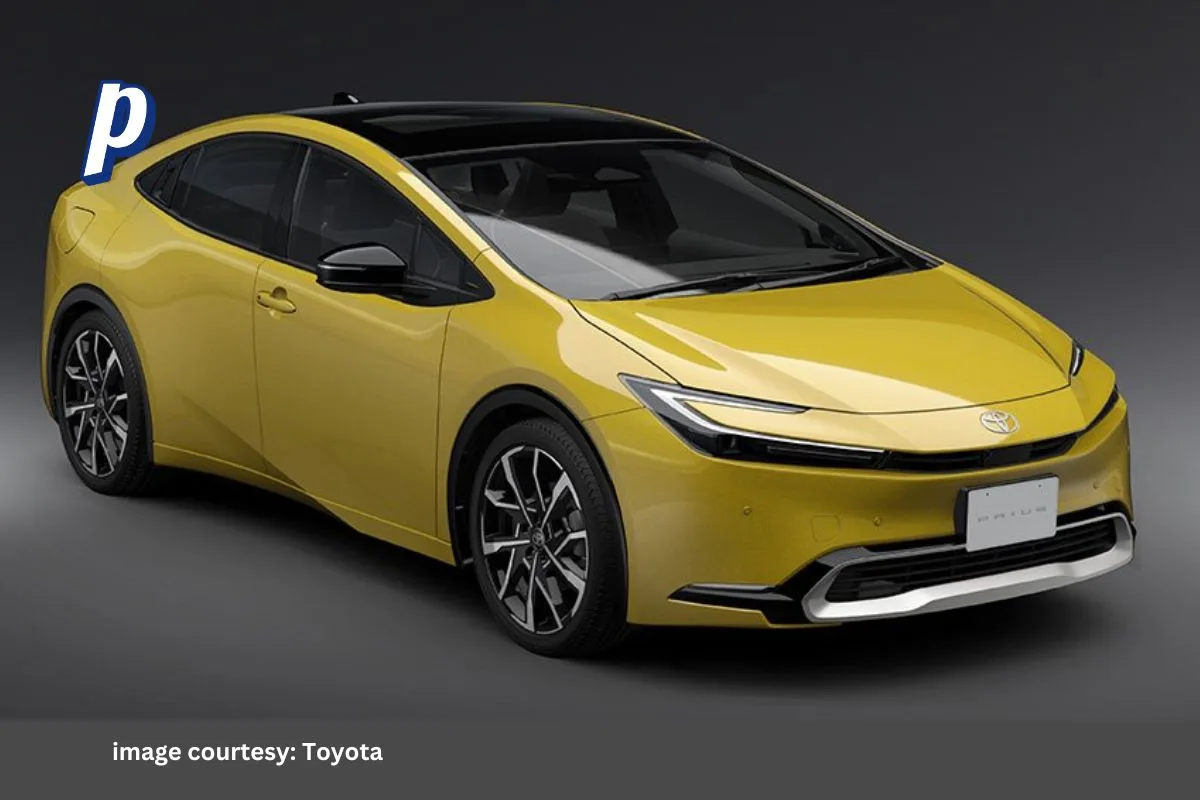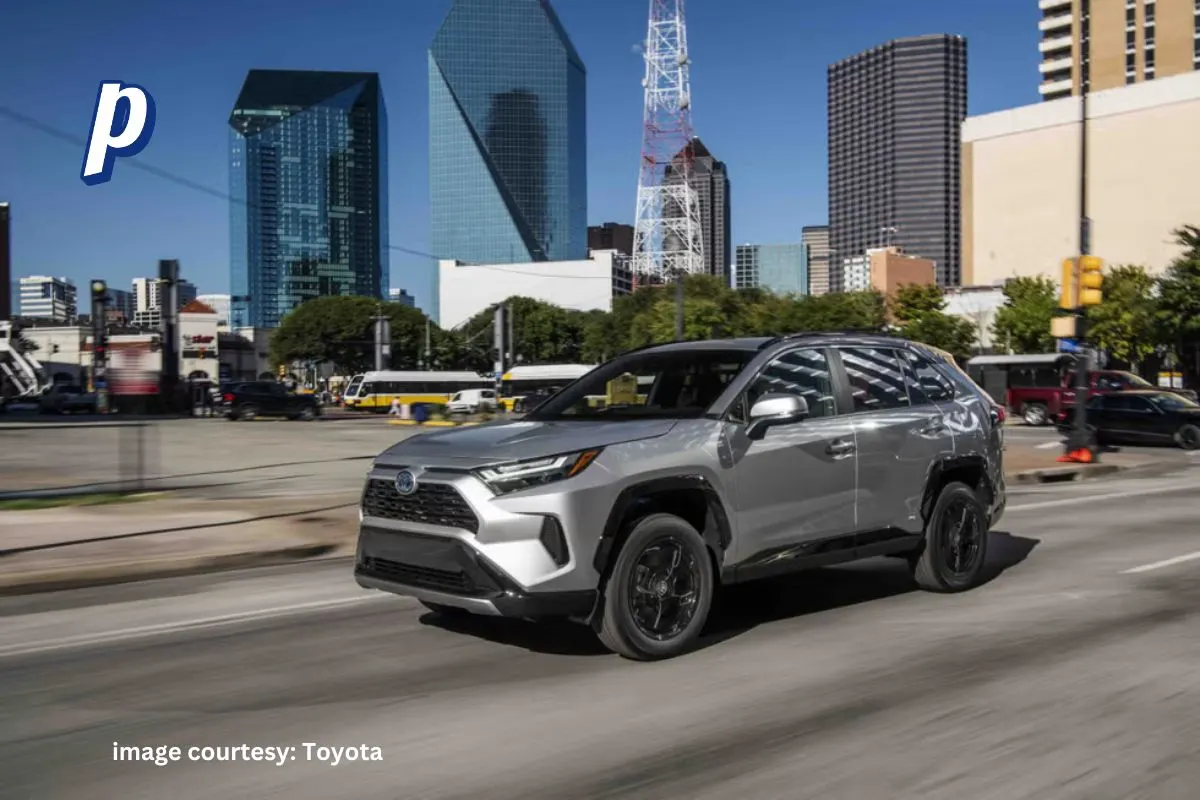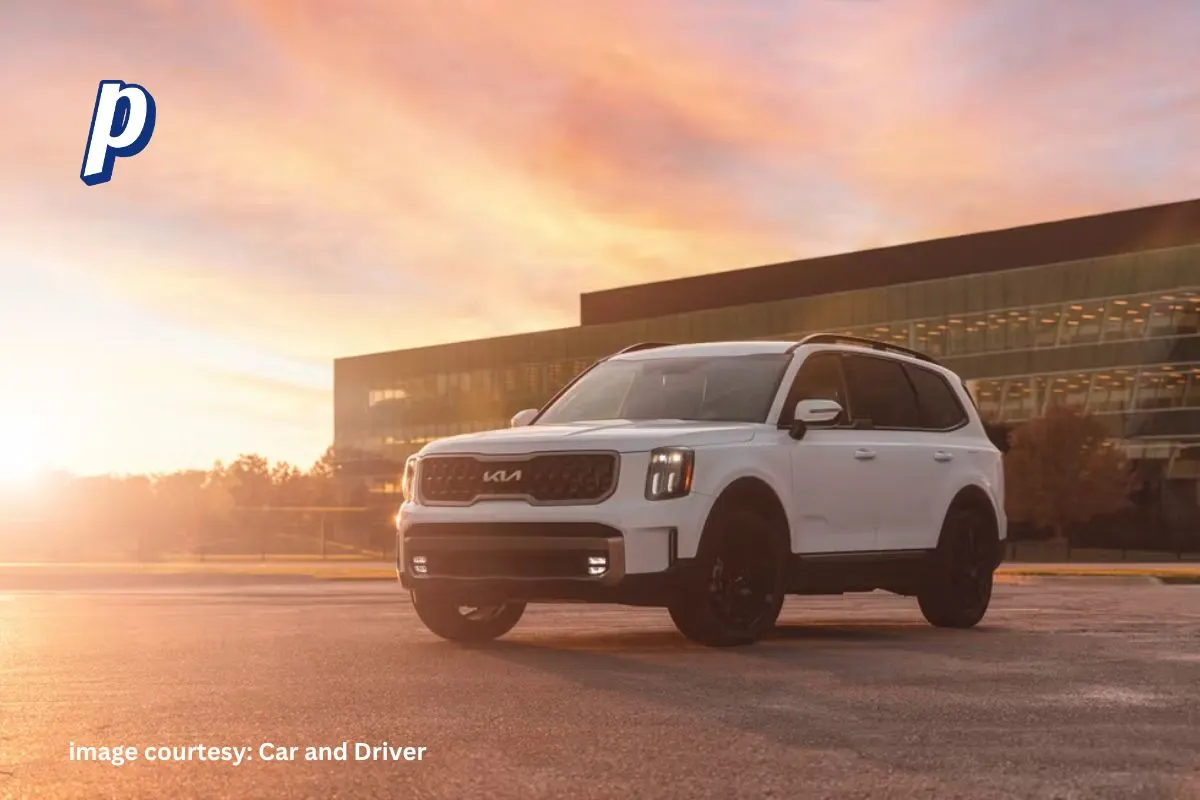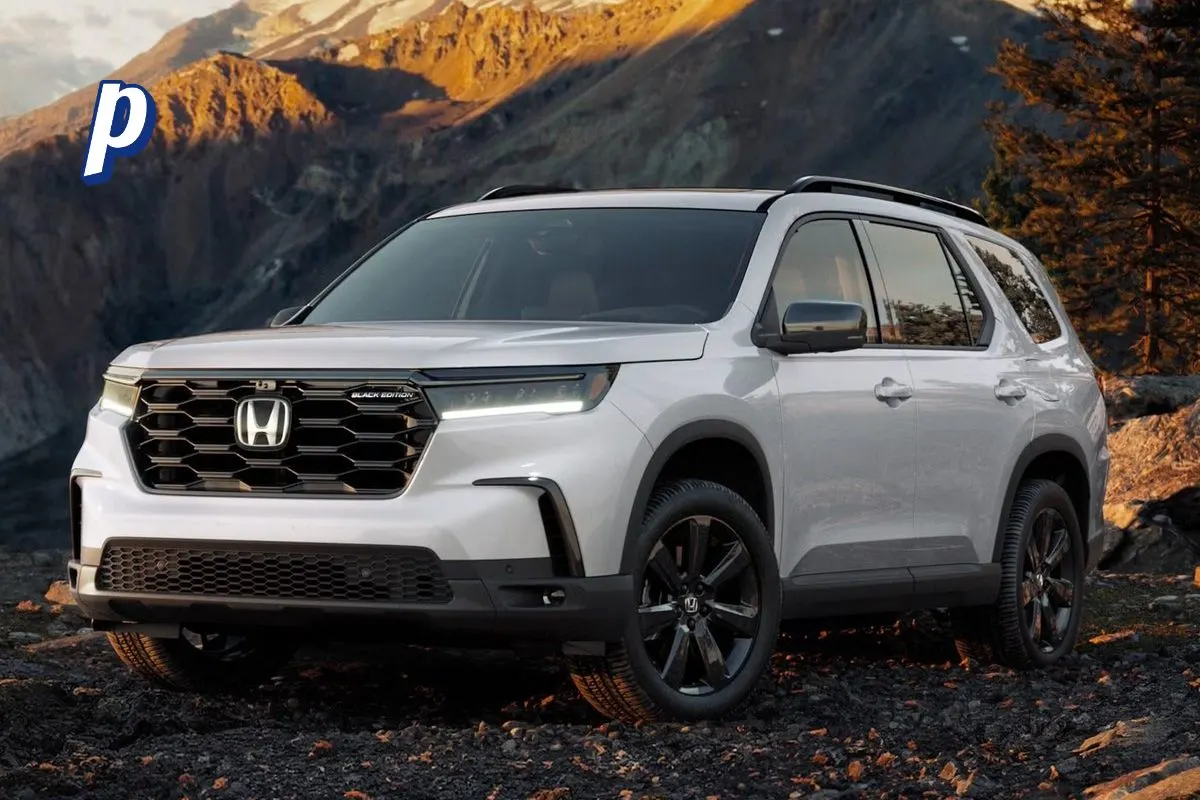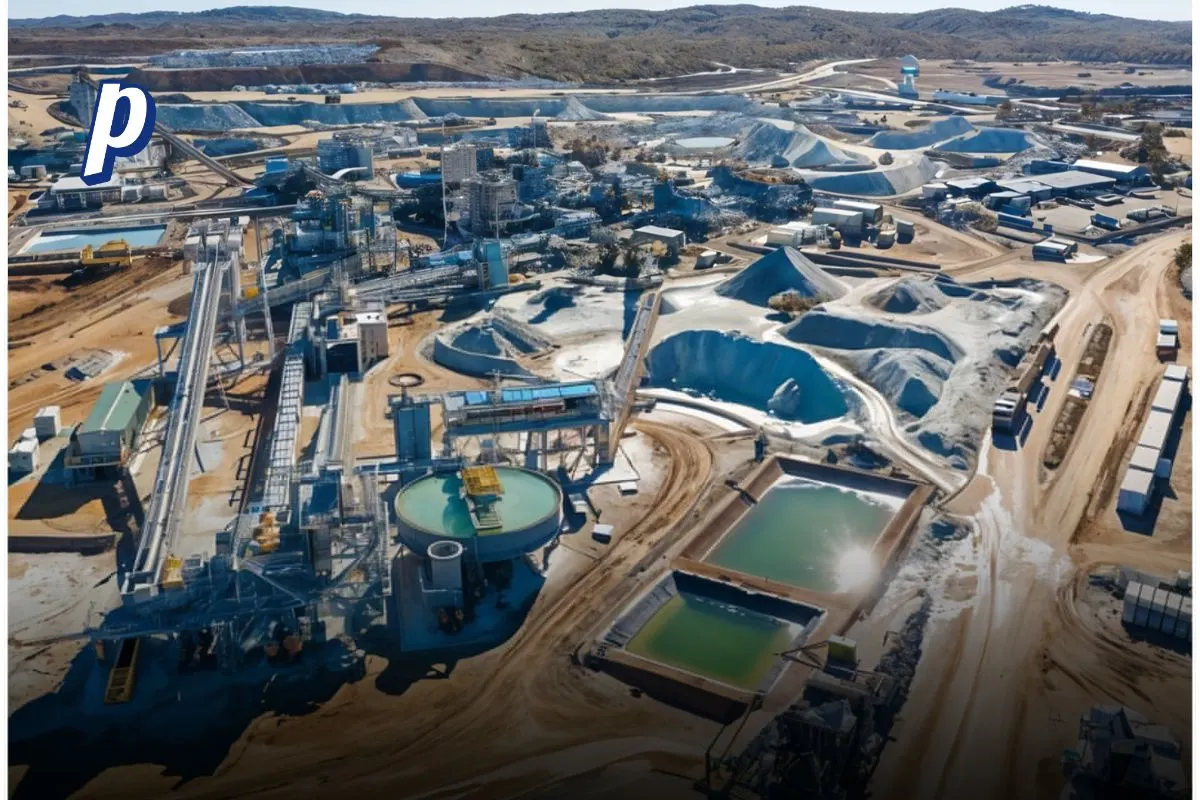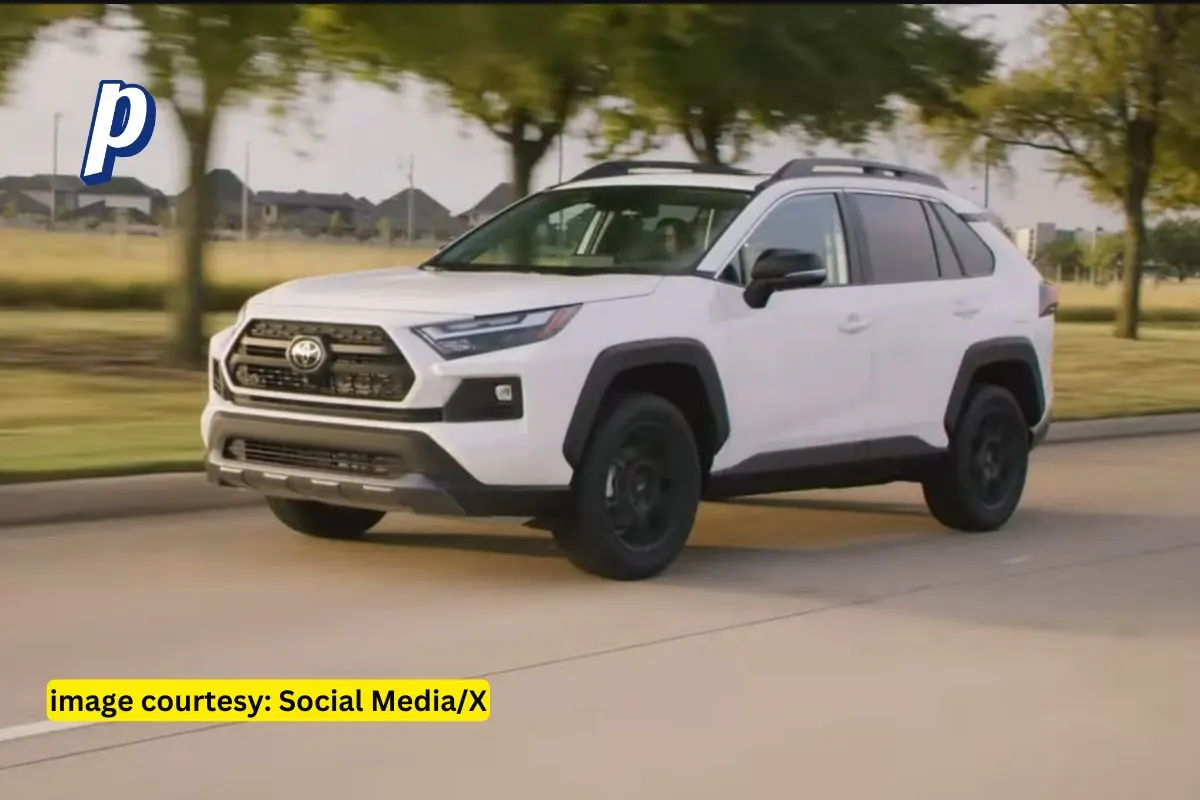Discover Tesla’s groundbreaking Cybercab, a self-driving robotaxi priced under $30,000. Learn about its features, production timeline, and how it aims to transform transportation.
Tesla has once again captured the spotlight with the unveiling of its highly anticipated Robotaxi, dubbed the Cybercab. Announced by CEO Elon Musk at the recent “We, Robot” event, this innovative vehicle is set to revolutionize the way we think about transportation. With a projected price tag of under $30,000 and a production timeline aimed for 2026, the Cybercab promises to make autonomous travel more accessible than ever.
Tesla Cybercab (Tesla Robotaxi)
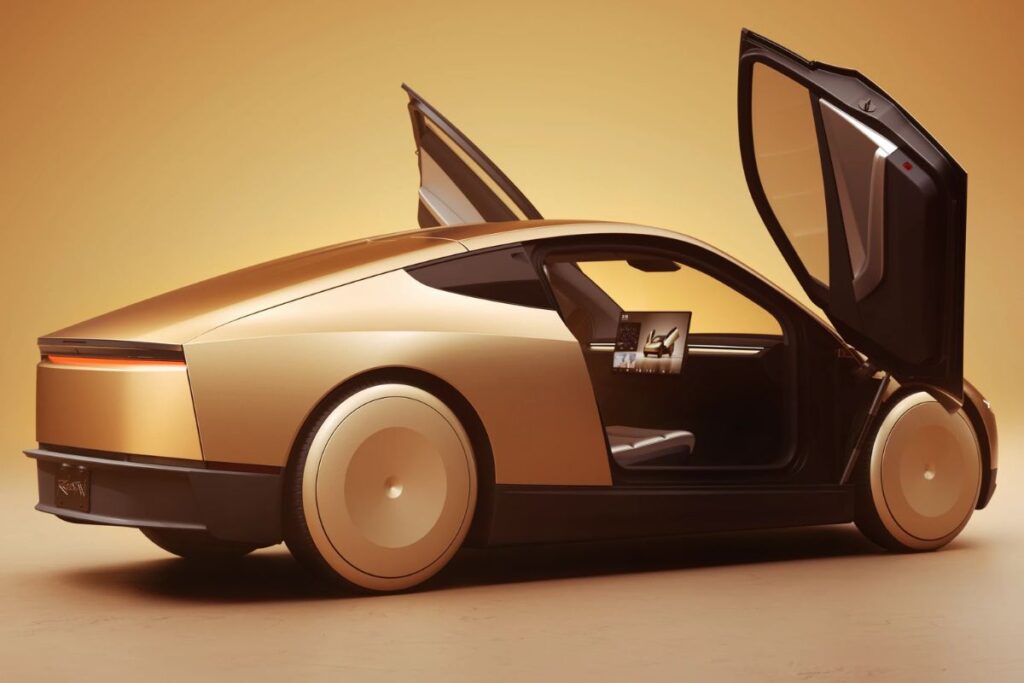
The Cybercab represents a significant leap forward in Tesla’s vision for autonomous vehicles. Unlike traditional taxis, this vehicle will operate without a steering wheel or pedals, relying entirely on advanced artificial intelligence and camera systems for navigation. This innovative design not only enhances passenger experience but also reduces manufacturing complexity.
Key Features of the Cybercab
- Price Point: With a starting price projected to be below $30,000, the Cybercab is positioned to be one of the most affordable self-driving vehicles on the market.
- Autonomous Operation: The Cybercab will operate on Tesla’s Full Self-Driving (FSD) technology, which is expected to undergo real-world testing in California and Texas as early as next year.
- Inductive Charging: A standout feature is its wireless inductive charging system. This eliminates the need for physical charging ports, allowing for seamless energy transfer without human intervention.
- Design: The vehicle features a futuristic aesthetic inspired by Tesla’s Cybertruck, complete with gull-wing doors and an interior designed for comfort rather than traditional driving controls.
Cost Efficiency and Operational Savings
Musk emphasized that the operational cost of the Cybercab could be as low as 20 cents per mile, significantly cheaper than public transportation options like buses, which average about $1 per mile. This cost efficiency could redefine urban mobility, making it more appealing to potential users.
The Future of Transportation
Musk envisions a future where autonomous vehicles like the Cybercab will not only serve individual owners but also function as part of ride-sharing fleets. As he stated, “The cost of autonomous transport will be so low that you can think of it like individualized mass transit.” This shift could lead to reduced traffic congestion and lower emissions as more people opt for shared rides over personal vehicle ownership.
read more: Tesla Model Y Upgrade: The Seven-Seater Electric SUV Hits the Market
Production Timeline and Availability
While Musk has set a target for production to begin in 2026, he acknowledged his tendency to be optimistic about timelines. However, this ambitious goal reflects Tesla’s commitment to leading in the autonomous vehicle market.
Anticipated Challenges
Despite the excitement surrounding the Cybercab, several challenges remain:
- Regulatory Approval: The absence of traditional driving controls raises questions about regulatory compliance and safety standards.
- Technological Hurdles: Ensuring that FSD technology operates flawlessly in real-world conditions is essential for consumer trust and adoption.
Market Positioning and Competitive Landscape
The introduction of the Cybercab comes at a time when various automakers are vying for dominance in the autonomous vehicle space. With its competitive pricing and innovative features, Tesla aims to capture market share from both traditional taxi services and emerging ride-sharing platforms.
Comparison with Competitors
| Feature | Tesla Cybercab | Traditional Taxis | Other Autonomous Vehicles |
|---|---|---|---|
| Price | Under $30,000 | Varies widely | Typically higher |
| Autonomous Operation | Yes | No | Yes |
| Charging Method | Inductive (wireless) | Fuel or electric | Varies |
| Passenger Capacity | 2 | 4 or more | Varies |
User Experience and Comfort
The interior design of the Cybercab focuses on passenger comfort rather than driver functionality. With spacious seating and an emphasis on relaxation during rides, users can expect an experience akin to that of high-end transport services.
Future Enhancements
Musk hinted at additional features that could enhance user experience further:
- Entertainment Options: Potential integration of screens for movies or other media during rides.
- Automated Cleaning Solutions: Ensuring hygiene in shared spaces through automated cleaning processes.
The unveiling of Tesla’s Cybercab marks a pivotal moment in the evolution of transportation. By offering an affordable self-driving vehicle that prioritizes comfort and efficiency, Tesla is setting new standards in both technology and user experience. As we look toward 2026 and beyond, the potential impact of the Cybercab on urban mobility cannot be overstated. While challenges remain—particularly around regulatory approval and technological implementation—the vision laid out by Elon Musk promises a transformative future for transportation.
As we await further developments from Tesla regarding this groundbreaking vehicle, one thing is clear: The era of affordable autonomous travel is on the horizon.
